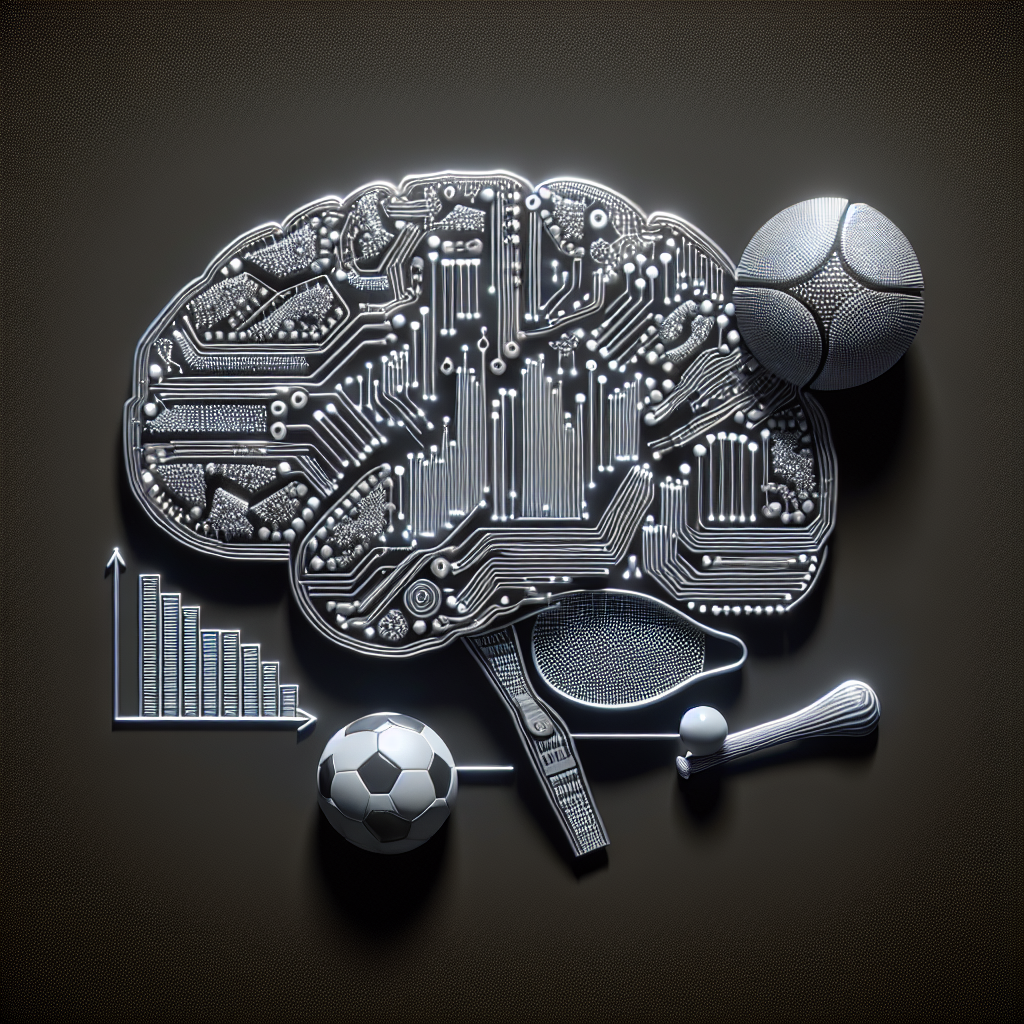In recent years, the world of sports analytics has been revolutionized by the use of artificial intelligence (AI). AI technology has brought a new level of insight and understanding to the world of sports, allowing teams and athletes to make more informed decisions and improve their performance on the field. In this article, we will explore the evolution of sports analytics with the help of AI and its impact on the world of sports.
The Evolution of Sports Analytics
Sports analytics has been around for decades, with teams and athletes using data and statistics to gain a competitive edge. However, the use of AI has taken this to a whole new level. AI technology allows for the processing and analysis of vast amounts of data in a fraction of the time it would take a human to do so. This has enabled teams to uncover insights and patterns that were previously impossible to detect.
One of the key ways in which AI has revolutionized sports analytics is through the use of machine learning algorithms. These algorithms can analyze data from past games, training sessions, and even player biometrics to identify patterns and trends that can help teams make more informed decisions. For example, AI can be used to predict the likelihood of a player getting injured based on their training load and performance data, allowing teams to make adjustments to prevent injuries before they occur.
Another area where AI has had a significant impact is in player performance analysis. AI can analyze a player’s performance in real-time, providing coaches with insights into their strengths and weaknesses. This information can be used to make tactical adjustments during games or to tailor training programs to improve a player’s performance in specific areas.
AI has also been used to enhance fan engagement in sports. For example, AI-powered chatbots can provide fans with real-time updates on games, player statistics, and even personalized recommendations based on their preferences. This has helped to create a more immersive and interactive experience for fans, increasing their engagement with the sport.
Overall, AI has transformed the world of sports analytics, allowing teams and athletes to make more informed decisions, improve performance, and enhance fan engagement. As AI technology continues to evolve, we can expect to see even more innovations in the world of sports analytics in the future.
FAQs:
Q: How is AI used in sports analytics?
A: AI is used in sports analytics to process and analyze vast amounts of data, identify patterns and trends, predict outcomes, and provide insights into player performance. AI technology allows teams and athletes to make more informed decisions and improve their performance on the field.
Q: What are some examples of AI in sports analytics?
A: Some examples of AI in sports analytics include the use of machine learning algorithms to analyze player performance, predict the likelihood of injuries, and provide real-time updates to fans. AI technology has also been used to enhance fan engagement through chatbots and personalized recommendations.
Q: How has AI revolutionized sports analytics?
A: AI has revolutionized sports analytics by enabling teams and athletes to uncover insights and patterns that were previously impossible to detect. AI technology has transformed the way data is processed and analyzed, allowing for more informed decision-making and improved performance on the field.
Q: What can we expect to see in the future of AI in sports analytics?
A: In the future, we can expect to see even more innovations in the world of sports analytics with the continued evolution of AI technology. This may include the development of new algorithms for analyzing player performance, predicting outcomes, and enhancing fan engagement. AI is likely to play an increasingly important role in the world of sports analytics in the years to come.

